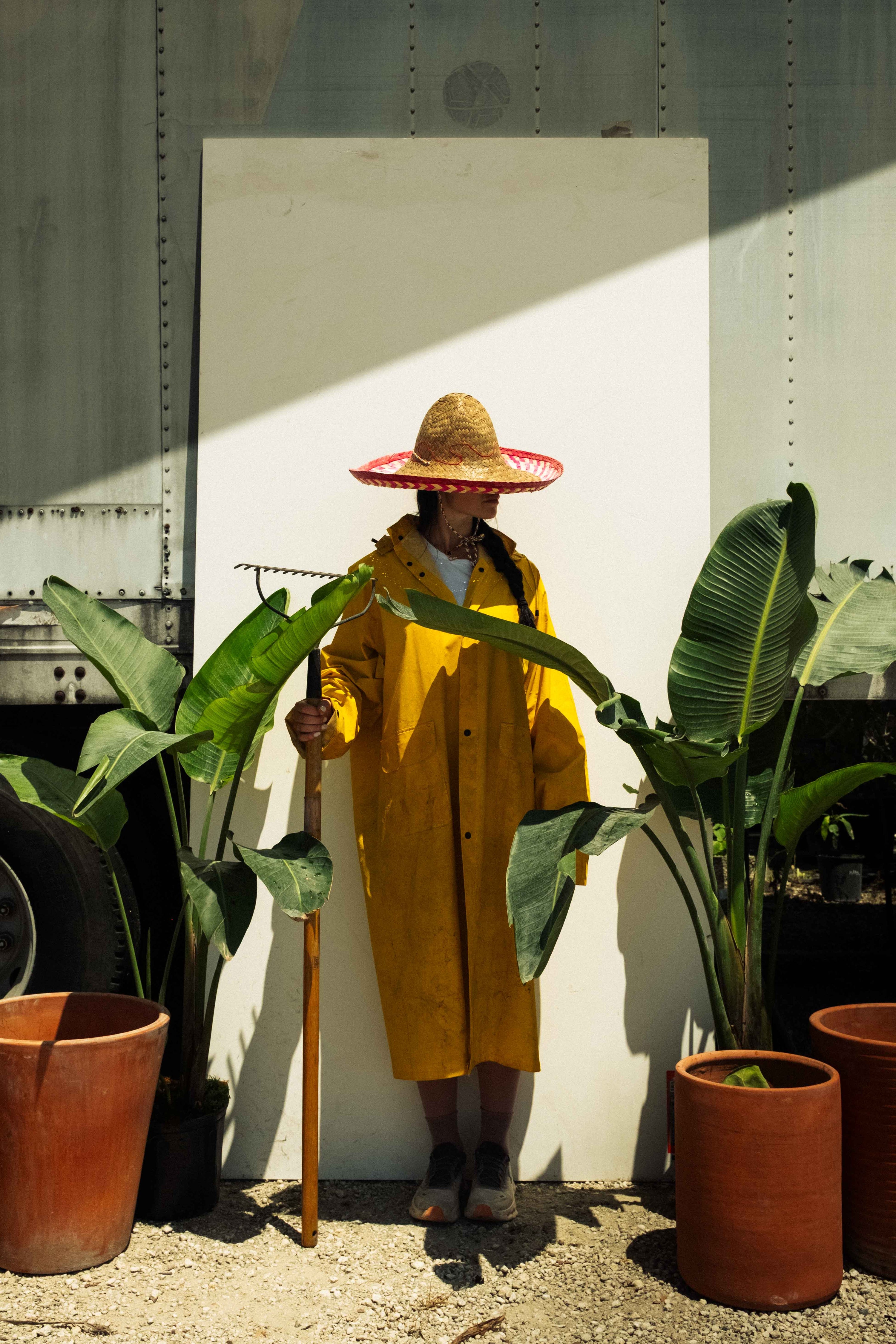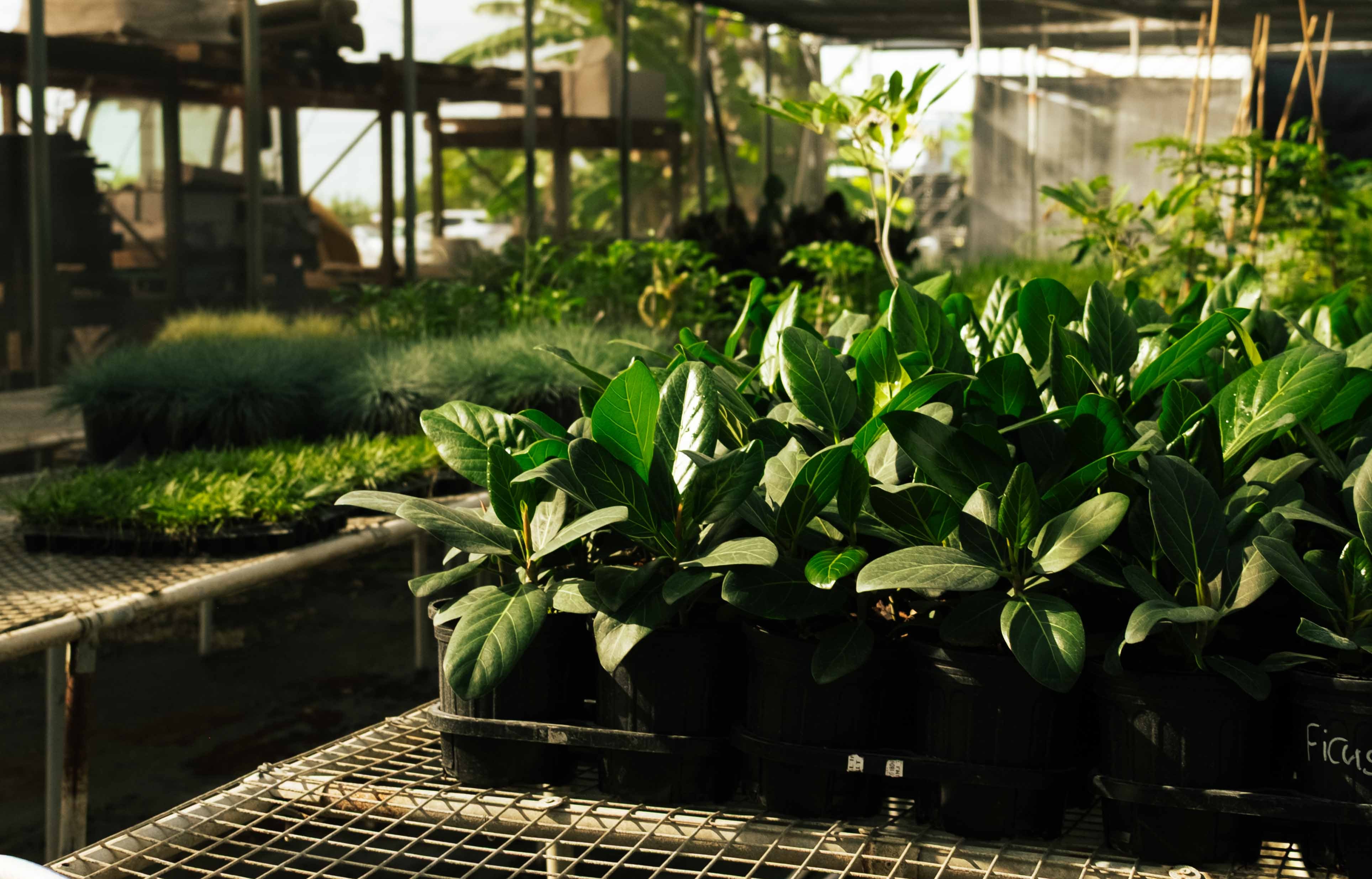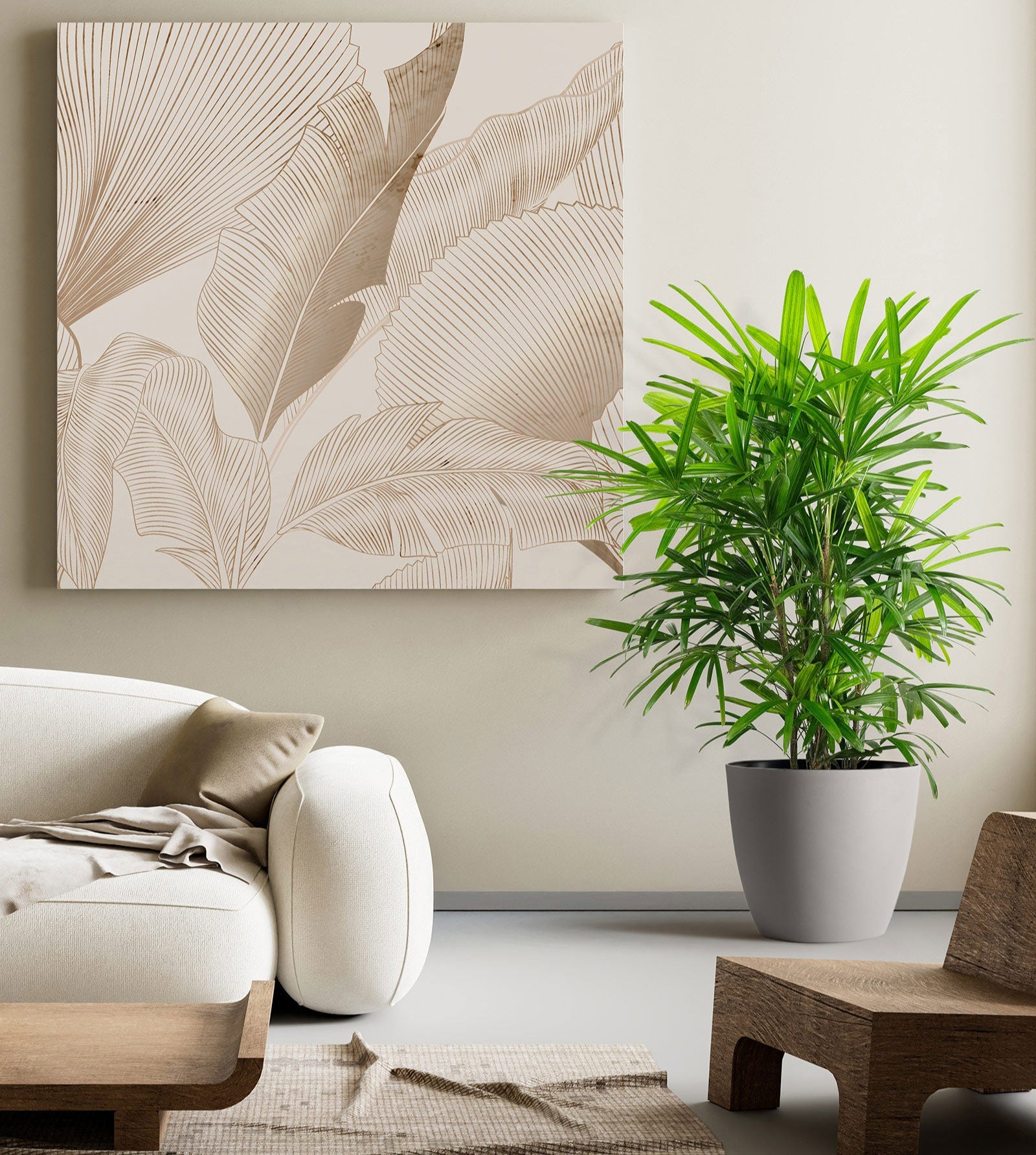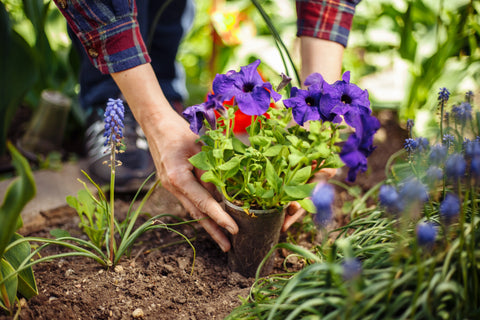

Winter poses many challenges for houseplants. Fewer daylight hours, low temperatures, and dry air often create havoc for many plant parents and their cherished green friends. You may be watering correctly and placing the plants in the most favorable light, yet something in your home could still be hurting them. And no, it's not your lack of a green thumb. It is all about maintaining humidity.
The Actual Culprit: Dry Indoor Air
Dry indoor air is one of the biggest threats to houseplants during the winter. While your heating system is operating, it removes the moisture from your air, leaving your plants dry and fighting for survival.
Houseplants prefer humid environments of 50% to 60% humidity, particularly tropical plants. However, dry air can drop humidity levels to as low as 10%. This has the effect of a desert in that most houseplants are simply not able to survive. Such a decline in humidity results in drooping, browning, and unhappy plants.

Why Dry Air Harms Plants
Most common indoor plants are from tropical or subtropical regions with plenty of moisture. Ferns, Philodendrons, Monsteras, and Calatheas prefer moist environments. When placed in an environment that is too dry, they begin to lose moisture quicker than they can absorb it.
This causes several issues:
- Wrinkles, Brown Edges on Leaves – When the plant is losing too much moisture, the edges of the leaves become brown and crispy.
- Drooping or Wilting – Even when the soil is watered, plants can appear limp due to a lack of humidity.
- Slow Growth – Dry air stresses plants, slowing or halting their growth.
- More Pest Problems – Spider mites and other pests love dry air, making your plants even more susceptible to pests.
How to Know If Dry Air Is Hurting Your Plants
If you’re unsure whether dry air is the culprit, look out for these telltale signs:
- Leaves develop brown tips or edges, even when the plant gets enough water.
- Plants are looking limp and droopy despite regular care.
- Soil dries out much faster than usual.
- Yellowing leaves or untimely dropping of leaves.
- Increased insect activity, especially spider mites and thrips.
If your plants are showing one or more of these symptoms, take action.

How to Heal the Damage and Keep Plants in Good Health
The good news? There are several methods to raise humidity and help your plants thrive during the winter season.
Use a Humidifier
Humidifiers are the simplest and most effective way to raise the humidity in a home. You may place it on the ground, especially for humidity-lovers like Ferns, or Anthuriums. Let it run for several hours each day to duplicate the moisture level they love.
Clump Your Plants Together
Plants naturally release moisture during transpiration; thus, when grouped together, they form a microclimate. This is why you should try clustering your humidity-seeking plants together in one location.
Experiment with a Pebble Tray
Set your houseplants up on pebble trays filled with water beneath their pots. As the water evaporates, you have a reservoir of added humidity. And be sure that the pot's bottom doesn't touch the water; it could cause root rot.
Mist Your Plants (But Don't Overdo It)
Misting can offer a quick humidity boost to those tropical plants being affected by the dry climate. Some plants, like monsteras and ferns, accept the occasional misting, but many other types, such as succulents, want drier environments. Always research your specific plants needs before misting.
Move Your Plants Away From Heat
Avoid placing your plants near heating vents, radiators, or fireplaces. These heat sources will dry them out even faster. You should be moving them into naturally moist areas, such as the kitchen or bathroom.
Adjust Your Water Schedule
Dry air does not mean watering the plant more, excess watering can be equally as harmful as a dry environment. Check the soil before watering. Stick your finger an inch into the soil; if it is dry, your plant needs water; if it is still moist, wait a little longer. Do not overwater your plant.
Use the Right Soil
Some plants prefer a soil mixture that retains a bit more water over the winter. A bit of coconut coir or peat moss keeps the soil from drying out too quickly. Try using a slightly more retentive potting mix while making sure your pots have proper drainage to avoid root rot.
Provide a Little Extra Warmth When Necessary
If your home gets a little too cold, a little extra warmth is recommended for the plants. Placing a heating mat under your pots will save the roots from drastic temperature changes; however, combine this with humidity-boosting methods to prevent the plants from drying out.
Final Thoughts
Plants bring life to any space; while winter may make it slightly difficult to maintain them, it doesn't have to be a losing battle. These few simple adjustments will keep your plant warm, hydrated and thriving. In exchnage, they'll reward you with beauty and life all year long!



